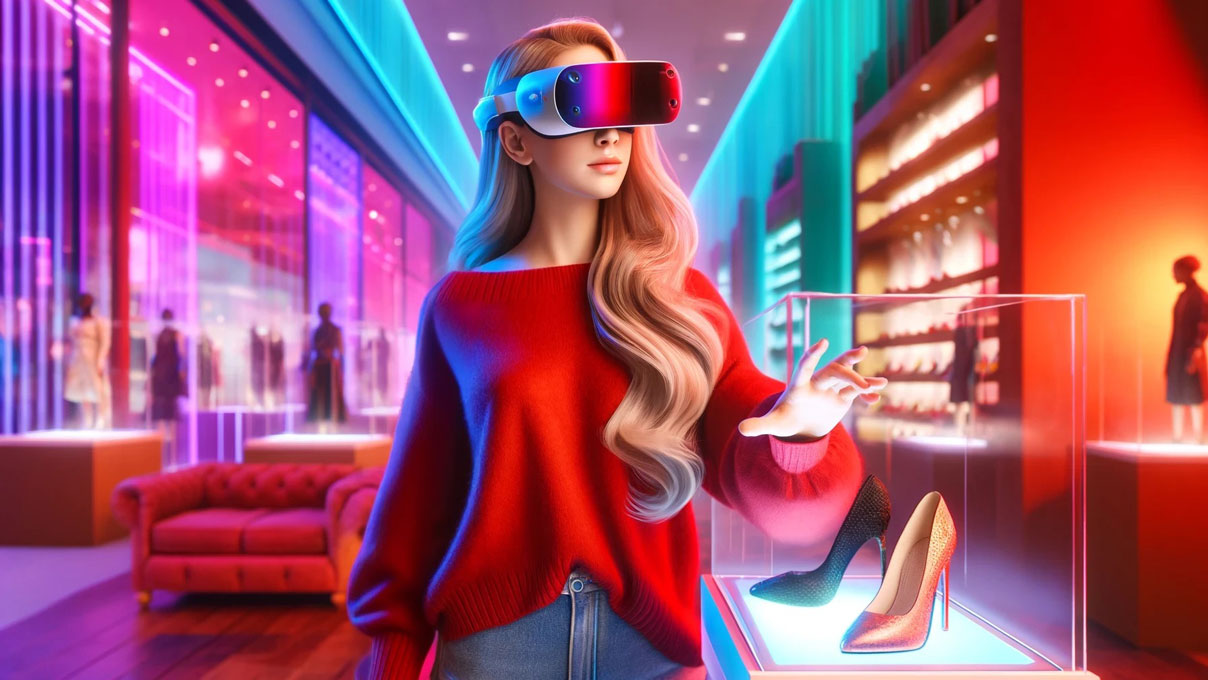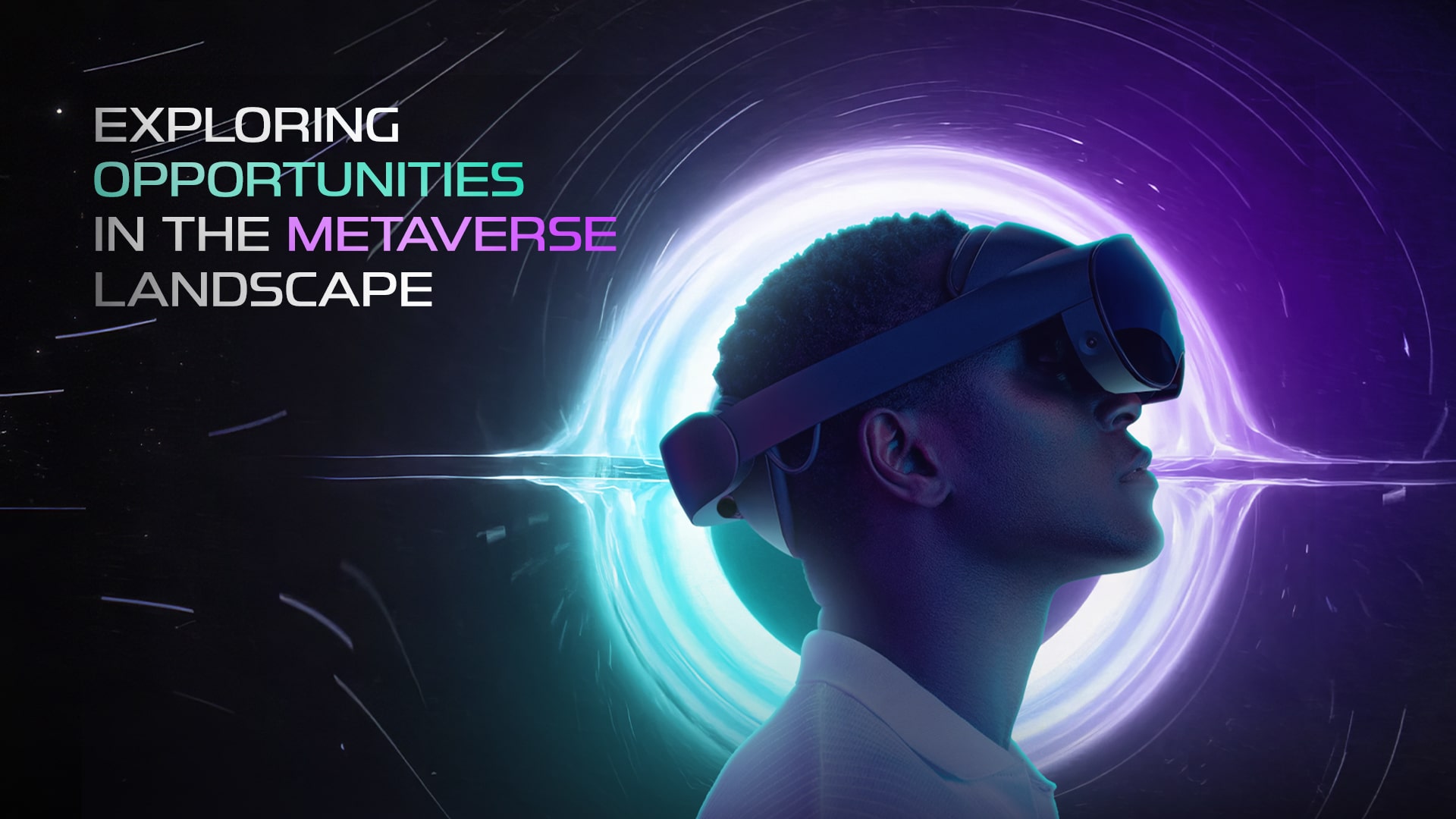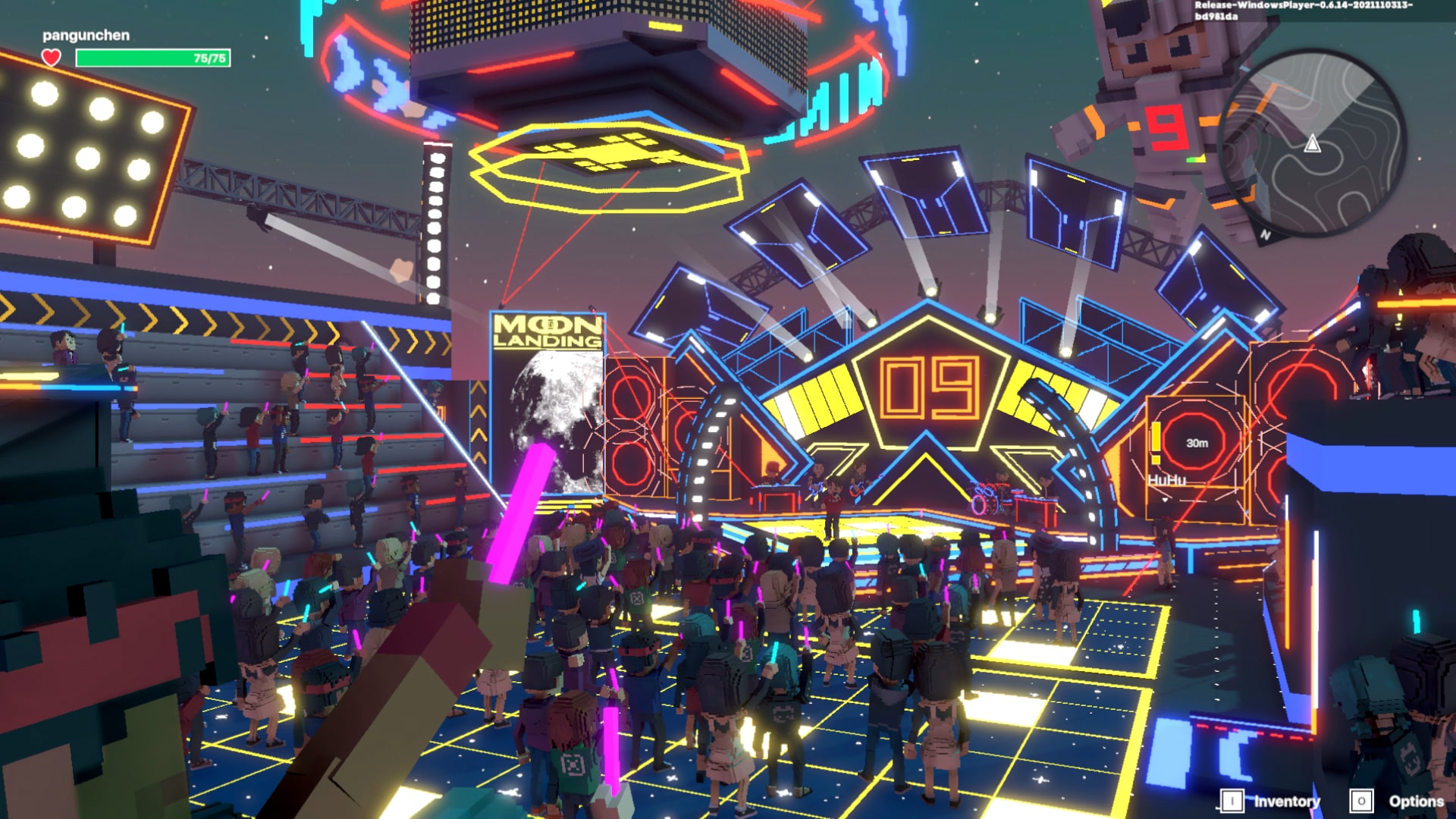
The Metaverse is buzzing with potential, but where do you even start? This guide is your First step to unlocking its secrets. We’ll ditch the jargon and show you how to Invest in the Metaverse.
Metaverse is just one of so many verses that exist! So, when we talk about investing in the Metaverse. Actually, there is no significant difference between them.
We will talk about multiple ways to invest in Metaverse and other verses.
For a related read, check out: The Metaverse Landscape
Ways To Invest in the Metaverse
When we talk about metaverse investment, most people think of cryptocurrencies. But that’s not all. The Metaverse offers other investment options as well:
Cryptocurrency & NFTs
Like the stock market, you can invest by buying tokens and cryptocurrencies related to the Metaverse. Or you can mine and collect these currencies.
Some of these tokens are likely to grow more, and some are dependent on other markets. These cryptocurrencies have much variety; some are used as a currency for exchange in the Metaverse.
Some brands have offered tokens to develop their products in the Metaverse.
Using cryptocurrency and Non-Fungible Tokens (NFTs), brands can make a name for themselves in the Metaverse. Like Ethereum, the primary way to buy and sell things is with cryptocurrency.
NFTs, on the other hand, are unique digital assets. Brands can make and sell NFTs, which opens up new ways to make money and gives people access to special virtual items.
The metaverse platforms like Decentraland and Sandbox are where people can buy, sell, and trade virtual goods and property.
For instance, a fashion company could put out NFTs of limited-edition virtual items. People who own these digital fashion things get more excellent status and access to special events in the Metaverse. This makes people more loyal to the brand.
Gucci, a high-end fashion brand, teamed up with Arianee to tokenize its goods, transforming them into NFTs and offering a blockchain-based authenticity certificate.

Some of the top Cryptocurrency and Tokens Related to verses
MANA: Decentraland is A virtual world where users can buy, develop, and monetize plots of land. Its token, MANA, is used for purchasing goods and services within the platform.
SAND (The Sandbox): Similar to Decentraland, but focusing on user-generated content and gaming. SAND is used for buying land, creating NFTs, and participating in governance.
AXS(Axie Infinity): A play-to-earn game where players breed and battle creatures called Axies. AXS is the game’s governance token and can be earned through gameplay.
APE(ApeCoin ): Launched by the Bored Ape Yacht Club, a popular NFT collection. APE is used for governance and access to exclusive experiences within the Bored Ape ecosystem.
GALA: A gaming platform with multiple titles, including Town Star and Mirandus. GALA is used for purchasing NFTs, participating in governance, and playing games.
ENJ(Enjin Coin): A platform for creating and managing NFTs. ENJ is used for minting, trading, and integrating NFTs into games and other applications.
THETA: A blockchain network for video streaming. THETA is used for staking, rewarding content creators, and powering the network.
ICP: A blockchain network designed to host websites and applications. ICP is used for staking, governance, and paying for computing resources.
CHZ: A platform for fan engagement tokens. CHZ is used to purchase fan tokens, vote on polls, and access exclusive content.

Games
Gaming in the Metaverse is a fun way for brands to meet with a large audience. Platforms like Roblox, Fortnite, and Minecraft provide interactive environments where users spend significant amounts of time.
Brands can integrate their products or develop branded games, skins, and other activities to tap into this massive gaming environment.
Imagine a beverage company releasing a Roblox game with their logo on it. Players would have to finish tasks to earn virtual prizes, such as unique NFTs.
It makes the brand an essential part of the gaming experience, which makes gamers more loyal to the brand. Gucci worked with Roblox to make a digital place inside the game where users could look at virtual displays and buy limited-edition things.
Here are some examples of games where you can potentially make money, along with an explanation of how:
Play-to-earn (P2E) games:
- Axie Infinity: This popular game revolves around collecting, breeding, and battling adorable creatures called Axies. Players can earn the cryptocurrency Smooth Love Potion (SLP) by winning battles, completing quests, and participating in other activities. SLP can then be traded on cryptocurrency exchanges for real money.
- Decentraland: In this virtual world, players can buy and develop parcels of land, create interactive experiences, and host events. They can earn income by charging others to access their creations or selling virtual items and wearables.
- The Sandbox: Similar to Decentraland, The Sandbox allows players to purchase virtual land, build games and experiences, and monetize them. They can also create and sell NFTs representing in-game items, avatars, and other assets.
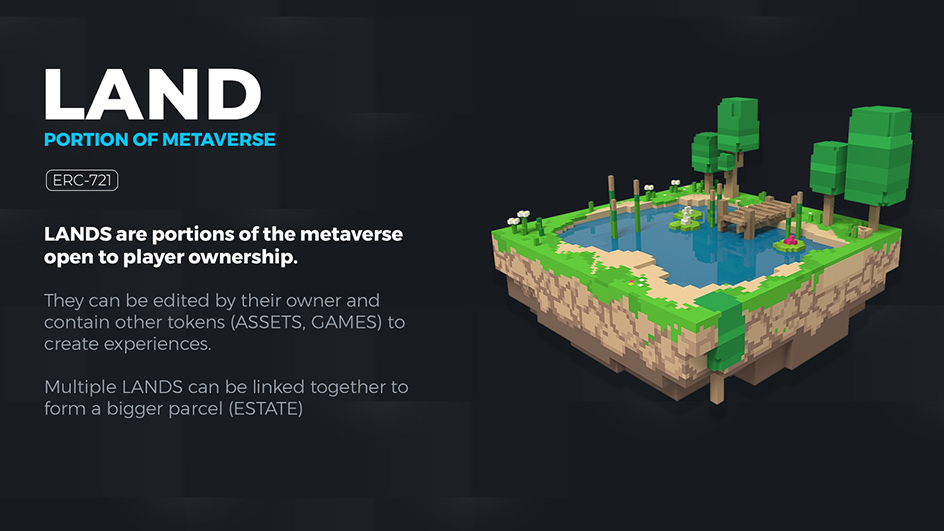
Trading digital assets:
- CryptoVoxels: This Ethereum-based platform allows players to buy and sell virtual land parcels and build experiences on them. They can also trade voxel avatars, wearables, and other in-game items on the platform’s marketplace.
- OpenSea: This leading NFT marketplace allows users to buy, sell, and trade a wide variety of NFTs, including those from metaverse games like Axie Infinity, Decentraland, and The Sandbox.
Creating and selling content:
- Roblox: This online platform allows users to create and share their own games and experiences. Creators can earn Robux, the platform’s virtual currency, through various means, such as in-game purchases, subscriptions, and advertising. Robux can then be converted into real money through a developer exchange program.
- Second Life: This long-standing virtual world allows users to create and sell a wide variety of virtual goods and services, including clothing, furniture, scripts, and even entire experiences. Creators can set their own prices and keep a portion of the proceeds from their sales.
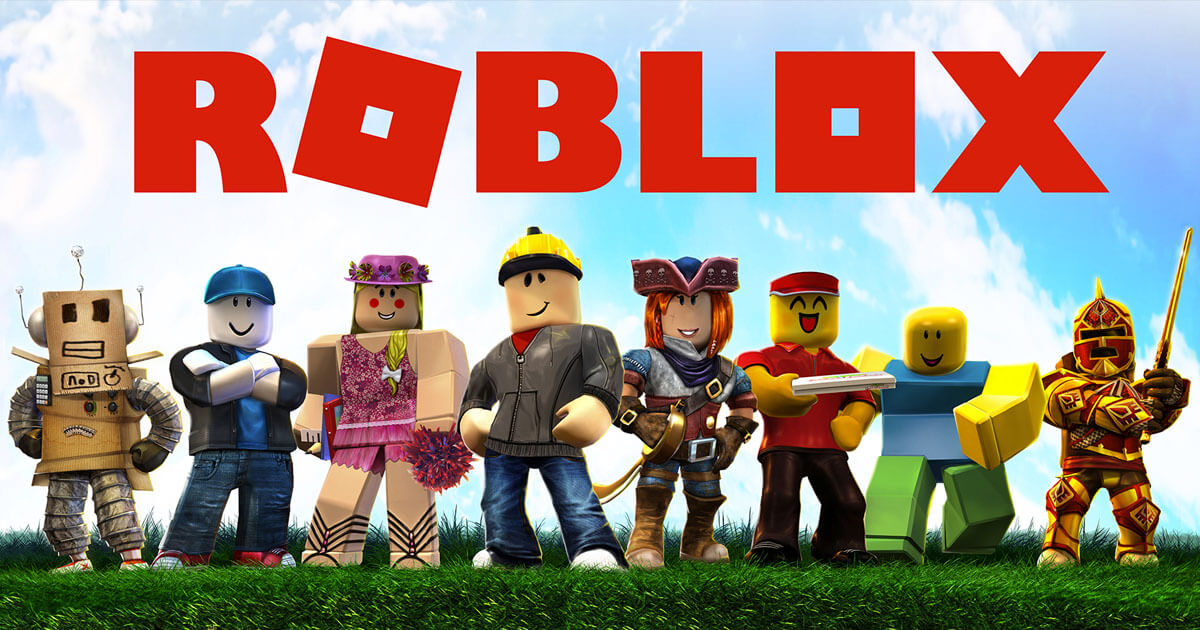
Participating in virtual events:
- Somnium Space: This VR metaverse platform occasionally hosts virtual concerts, conferences, and other events. Creators of these events can charge users to attend, generating income for themselves.
- The Sandbox: The Sandbox also hosts various virtual events, such as game launches, art exhibitions, and music festivals. Creators and partners can potentially earn revenue from ticket sales, sponsorships, and other means.
Providing services:
- Star Atlas: This space-themed metaverse game allows players to own and operate spaceships, which can be used for various activities like mining, trading, and combat. Players can offer their services to others, such as transporting goods, participating in battles, or providing training, for a fee.
- Decentraland: In Decentraland, players can offer a variety of services, such as building experiences for others, creating custom avatars and wearables, or managing virtual land portfolios.
It’s important to remember that making money in these games is not guaranteed and often requires a significant investment of time and effort. Always do your own research before investing any money, and be aware of the risks involved.
Real estate
When you buy land in the Metaverse, you can create a unique and engaging presence in this virtual realm. Metaverse platforms like The Sandbox, Decentraland, and Somnium Space let brands set up shop in a virtual property and sell their digital products. These places become hubs for community events, marketing, and participation.
Big brands can make digital versions of their shops or make completely new experiences. Imagine a car company that lets people explore, alter, and even test-drive digital versions of their cars in online showrooms.
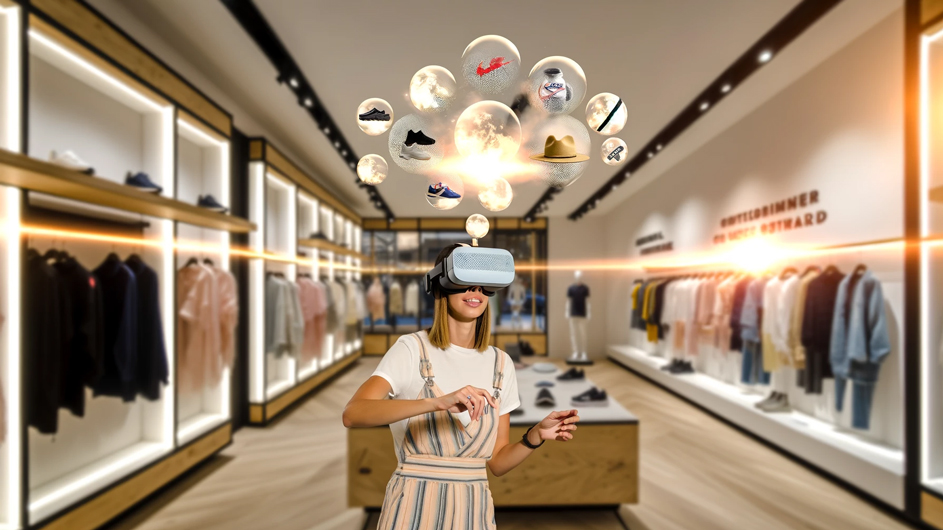
How does it work?
The Metaverse (or any Verses) is divided into parcels, similar to real estate plots. You can buy them on dedicated marketplaces within each platform using cryptocurrency.
Companies like Decentraland, The Sandbox, and Roblox create and maintain the platform infrastructure and set rules for buying and selling virtual land. Also, Dedicated marketplaces like OpenSea or platform-specific ones enable the buying and selling of NFTs representing virtual land ownership.
Ownership is recorded on a blockchain using NFTs (Non-Fungible Tokens), ensuring transparency and immutability. This means you get a unique digital certificate proving your ownership.
Purchases are typically made with cryptocurrencies specific to the platform or through popular ones like Ethereum. You’ll need a crypto wallet to hold these currencies.
Prices vary significantly depending on factors like location, platform popularity, and potential utility. Virtual land can range from a few dollars to millions.
Real-world differences:
- Tangibility: Unlike real estate, you don’t physically “own” land in the Metaverse. You own a digital representation with potential value within that specific platform.
- Regulations: The legal landscape governing virtual land ownership is still evolving compared to established real estate regulations.
- Utility: Value in the Metaverse often stems from potential future uses like hosting events, building experiences, or creating content, unlike inherent use in real estate.
Social Platforms
Imagine hanging out with friends, attending conferences, or even trying on clothes, all in a 3D virtual world! That’s what metaverse social networks like Facebook Horizon Workrooms, VRChat, and AltspaceVR offer. These platforms are exciting for marketers because they unlock entirely new ways to connect with people.
Instead of just scrolling through posts, people in these virtual spaces can:
- Meet new people: Imagine attending a virtual concert where you can chat with other fans from around the world, all represented by cool avatars!
- Go to events: Brands can create immersive experiences like product launches, workshops, or even art exhibitions. People can explore 3D models, ask questions, and feel like they’re genuinely there.
- Work together: Teams can hold meetings in virtual offices, collaborate on projects in shared spaces, and feel more connected even if they’re miles apart.
For businesses, this opens up a treasure trove of marketing possibilities:
- Unparalleled experiences: A tech company could hold a virtual exhibit where people can interact with 3D models of their new products, feeling the size and design in a way that pictures can’t capture.
- Engagement beyond imagination: Imagine hosting a virtual cooking class where participants can follow along, ask questions, and even “taste” the virtual dish!
- Public space’s creative reach: As these platforms evolve, brands can experiment with unique ways to showcase their message and products within these virtual communities.
The key takeaway? Metaverse social networks are a whole new way for brands to engage with people, offering immersive experiences and building deeper connections than ever before. It’s like taking marketing from 2D to 3D, opening up a world of possibilities!
Actions To Invest in the Metaverse
Many big brands are already jumping on the opportunity to invest in the Metaverse. But there are a few things you need to understand so you can get the biggest ROI:
Understand that Metaverse is a Different Beast
Before joining, make sure you have a good grasp of the Metaverse, its inner workings, and the industry’s expectations. You can only make a convincing pitch or implement effective brand activations with an expert understanding of the Metaverse. In a more conventional campaign, you would do your homework before launching. The same applies to getting ready to enter the Metaverse.
Even if you aren’t an expert, you must define and explain key terms like decentralization, blockchain, augmented reality (AR), virtual reality (VR), and extended reality (XR). The Metaverse is a new kind of technology; thus, it’s only natural that it will be in constant evolution. Keep yourself updated on online discussions and breaking news. Things like Bitcoin and wearables are part of the Web3/metaverse, so it’s a good idea to keep up with what you know about them.
See How the Metaverse Fits Your Audience & Brand Identity
Although members of Generation Z and Millennials make up the bulk of metaverse users right now, there are other factors besides demographics to be considered. Metaverse games like Roblox and Fortnite are an excellent place for brands like energy drinks and gaming rigs to showcase their products. A marketing campaign targeting professional gamers in the Metaverse might be effective since these people purchase gaming equipment that enables them to play comfortably and utilize energy drinks to keep them attentive while playing.
Think about whether or not the Metaverse fits your business. Because it offers realistic experiences and virtual goods, it works well for fashion, entertainment, and games. If your brand focuses on experiences, imagination, or online interaction, the Metaverse can elevate your presence and engage customers better.
Come Up with New Ideas to Market in the Metaverse
Companies can improve engagement and sales using metaverse marketing initiatives. To find the right idea, consider what you offer: Is it just an experience, or are any tangible products involved? Where do you want the customers to find you? What actions do you want them to take?
Integrating gamification elements into marketing campaigns lets users join challenges or quests, promoting engagement and loyalty. Use virtual pop-up shops or events for brand activation and give people special access to goods or services. This will strengthen the connection between your brand and your customers in the Metaverse. These are some typical strategies, but feel free to be creative.
For a related read, check out: Metaverse Marketing 101 And Tips
Find a Fitting Platform
Once you know When selecting a Metaverse platform, choose the one that best facilitates your campaign and aligns with your brand and audience. First, look at the platform’s users to make sure they are in the same age range as the brand’s target audience. Platforms like Decentraland may appeal to people who are interested in crypto and technology, while Roblox may have a large and varied user base that makes it appealing to brands that want to reach younger people.
Second, look at how well the platform can integrate your brand. For example, Decentraland’s focus on virtual real estate might work well for brands that want to create realistic experiences, while Roblox’s games environment might be perfect for brands that want to gamify interactions.
Lastly, look into the platform’s development tools. Somnium Space is known for having easy-to-use building tools, which could make it appealing to brands that want to make their own unique virtual experiences but need more technical knowledge.
Companies Investing in the Metaverse
Metaverse is already a powerful tool for many giant names to set themselves even more apart from the rest. Here are just some of the many:
Louis Vuitton: Storytelling & Communication
When Louis Vuitton went into the Metaverse, it changed the way they talk about their products. They can tell stories about their products in a cool, engaging way by investing in virtual experiences, which is different from regular marketing. Virtual showrooms and NFT drops make their items feel exclusive, and having them becomes a digital badge of honor. This Metaverse move makes their stories more interesting and shows people the cool side of digital innovation. They’re smart to do this because it helps them stay on top of new trends and keep customer relationships fresh.

Nike: An Immersive Brand Experience
Similar to other brands, Nike launched a Roblox brand experience, NIKELAND, offering a wide selection of playrooms and games. This activation works on all devices, so gamers may take advantage of features that are exclusive to certain platforms. When a player runs or jumps, for instance, Roblox can detect it thanks to the technology in their smartphone.
Players may also buy digital versions of popular Nike shoes like the Air Max. This is part of their larger strategy to open up their products and services to more people and eliminate obstacles to participation.
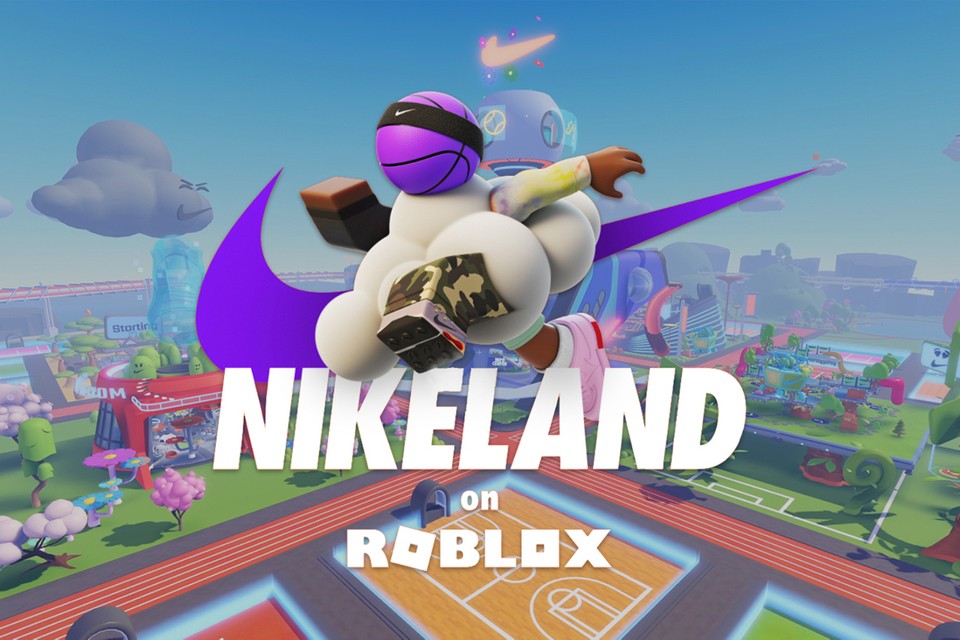
Valentino & Carrefour: Targeting a Younger Audience
For brands like Valentino and Carrefour, the Metaverse is a strategic playing field to capture the attention and loyalty of a younger audience.
Valentino, with its focus on fashion, may put on virtual fashion shows and events that resonate with younger shoppers’ fashion tastes and digital habits. This way, the brand can show off its items in a space that looks good and is high-tech, making the experience exciting and memorable.
Meanwhile, Carrefour, which is in the retail business, can use the Metaverse to make shopping a dynamic and personalized experience. This includes virtual shops, gamified shopping experiences, and special digital events. These give younger customers a fun and interactive way to connect with the brand and its goods.

Gucci & Tommy Hilfiger: Creating a Loyal Community
Investing in the Metaverse allows Gucci and Tommy Hilfiger to transcend traditional retail models. They turn their brand presence into a living space where people don’t just consume but also contribute to the brand narrative.
For example, Gucci can host fashion shows, virtual events, and other unique experiences using the Metaverse. This brings consumers together and gives Gucci valuable insights into their virtual behavior. Gucci can learn more about its customers’ preferences in the digital world by looking at how they move around in virtual places, connect with products, and take part in events.
On the other hand, Tommy Hilfiger can encourage people to work together by letting customers help with the creation process. The brand can get direct feedback from the community on designs, tastes, and trends through virtual workshops or interactive venues in the Metaverse. This joint strategy gets people more involved with the brand and gives them the power to create goods that fit their styles.
So,
Metaverse is already here, and it works for so many small and big names in the industry. You need to understand your target audience, set an angle, find the right platform, and earn a massive first-mover advantage.
Of course, investing and marketing in the Metaverse is like sailing into uncharted waters, so you need a guide that can save you time and money on mistakes. We at Dream Farm Agency can do that for you. Just get in touch with us.

Rojan
